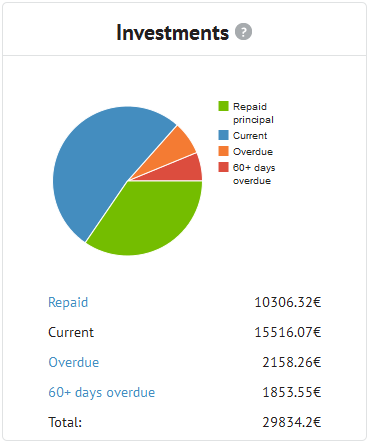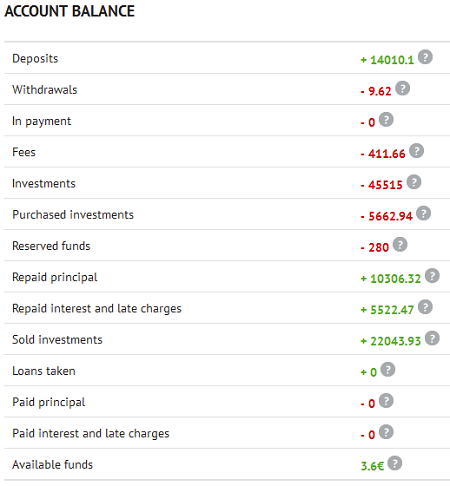 P2P lending service Bondora, headquartered in Tallinn, announced that they raised 5M US$ Series A round led by Valinor Management to fuel further expansion plans for cross-border lending in Europe. Richard Fay and Ragnar Meitern also invested. Bondora was the first p2p lending service doing cross-border lending for retail investors. Bondora is currently facilitating loans to borrowers in Estonia, Spain, Finland and Slovakia from investors in all European countries. Bondora states that investments on the marketplace have consistently yielded premium returns to investors while simultaneously delivering competitive rates to borrowers through efficiency and lower interest rate spread.
P2P lending service Bondora, headquartered in Tallinn, announced that they raised 5M US$ Series A round led by Valinor Management to fuel further expansion plans for cross-border lending in Europe. Richard Fay and Ragnar Meitern also invested. Bondora was the first p2p lending service doing cross-border lending for retail investors. Bondora is currently facilitating loans to borrowers in Estonia, Spain, Finland and Slovakia from investors in all European countries. Bondora states that investments on the marketplace have consistently yielded premium returns to investors while simultaneously delivering competitive rates to borrowers through efficiency and lower interest rate spread.
Uniting European markets under the roof of a single platform creates a huge opportunity given the size of the population in the continent and the volume of outstanding debt. Thus, Eurozone countries alone account for 340 million people and EUR 1.1 trillion in outstanding consumer credit debt, a market equivalent to US. Lending to borrowers in markets that are independently relatively small (even Germany, the largest economy in Europe is only approximately twice the size of California in terms of GDP) allows earning premium returns due to lack of competition among traditional lenders.
Pärtel Tomberg, CEO and co-founder of Bondora, said he hoped the cash infusion from Valinor Management, the hedge fund run by David Gallo, will allow his company to build the more complex infrastructure needed to make more cross-border loans. ‘The goal is really to become a global market,’ Pärtel Tomberg said in an interview. ‘There are no precedents in the world on many of the things we want to do.’
The company also wants to attract institutional lenders from the US.
A possible mid-term competitor might be Lending Club. But Lending Club said in the investor conference call on Tuesday that they will focus on the US market and will not use the capital raised in their December IPO on international expansion plans in the near future. Renauld Laplanche is however monitoring international developments in the market: ‘We’ll see what model is really the winning model in any particular geography.’ Continue reading




 Being a platform that facilitates the exchange between lenders and borrowers, we believe it is our responsibility to bring the best practices, such as credit scoring, to peer lending; thus, making it an effective, efficient and mutually beneficial process for both parties. Eventually, Bondora Ratings will allow credible borrowers get a better rate for a loan, while investors will receive a predictable return level.
Being a platform that facilitates the exchange between lenders and borrowers, we believe it is our responsibility to bring the best practices, such as credit scoring, to peer lending; thus, making it an effective, efficient and mutually beneficial process for both parties. Eventually, Bondora Ratings will allow credible borrowers get a better rate for a loan, while investors will receive a predictable return level.